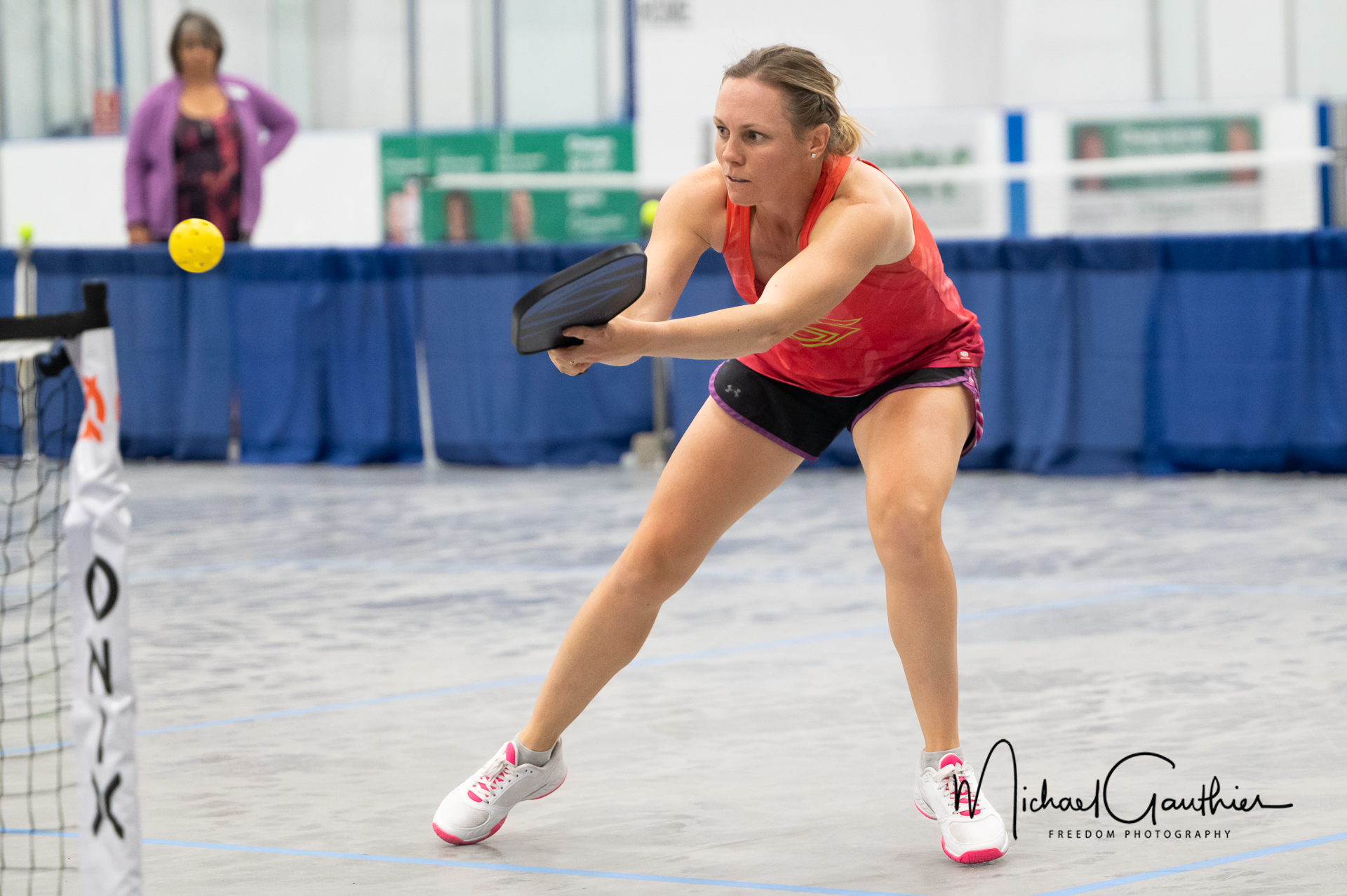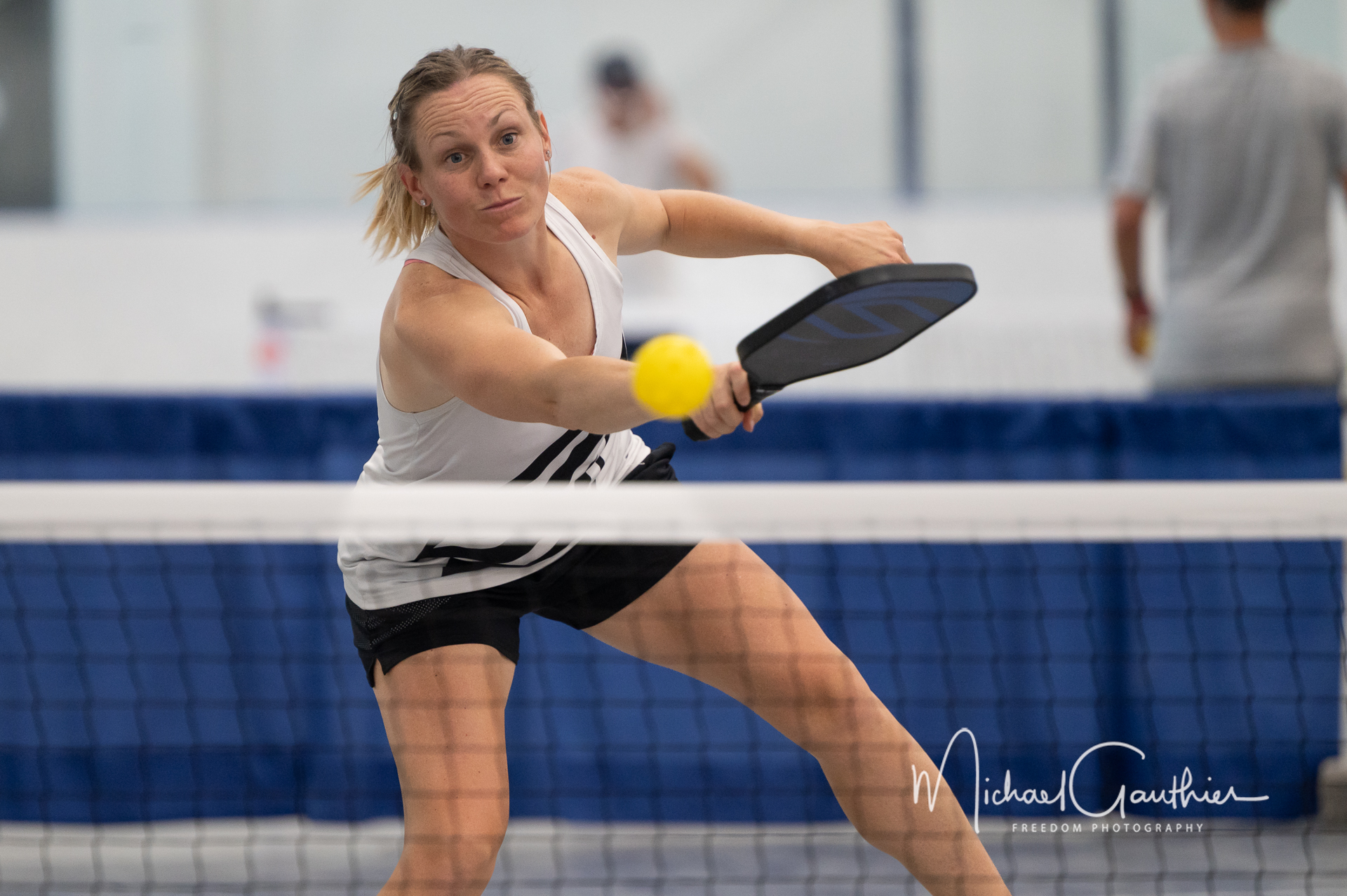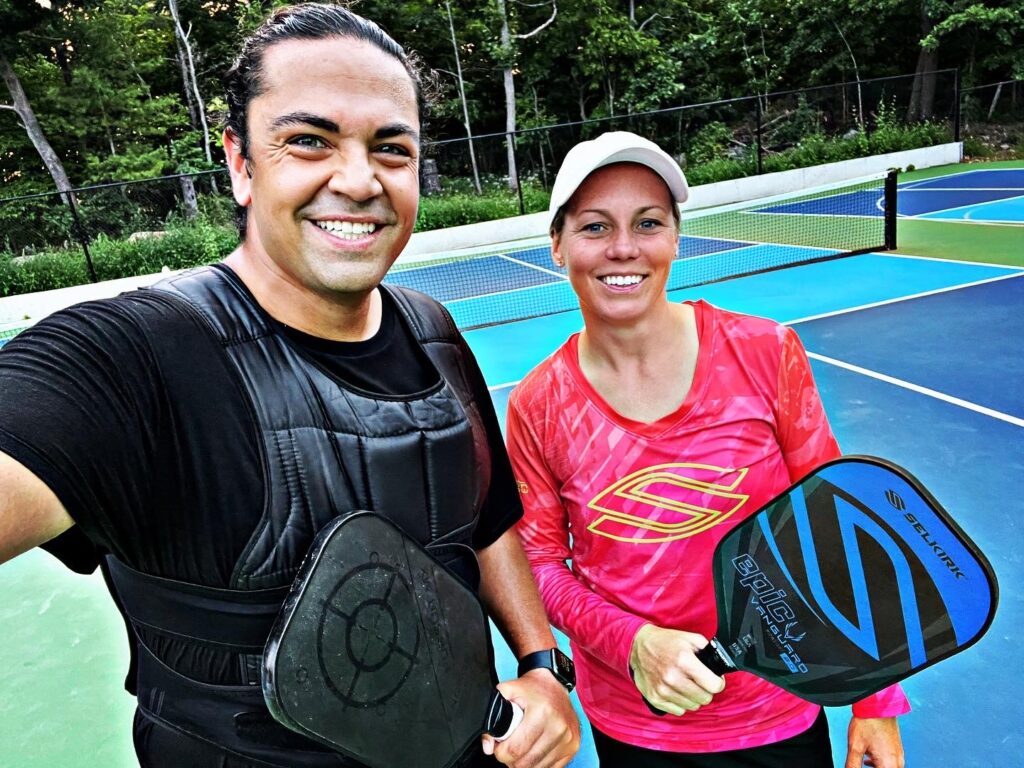What it takes to be ready on game day, Learnings from Pro-Pickleball player, Kim Brent
Training to compete as an amateur athlete (at any level below pro) is an often challenging balancing act between our regular working or education schedule, family and responsibilities at home, and any other hobbies or passions we pursue. Training sits on a priority list, and rarely at the top.
Taking a look at pro sports, on the other hand, the realities of training are very different. If we consider basketball at the NBA level, for example, we’re looking at a regular 8-month season (inclusive of finals). 1-month ahead of that, we’re looking at training camp and pre-season games. In the remaining 3-months of the year, there’s some rest… and also an opportunity for many athletes to build stronger, with training 4-5 times per week.
The training we see at the highest levels of professional sport is something that the vast majority of people will never find themselves exposed to — for some athletes, however, there are fresh opportunities with the advent of new sports that have a pro level and which, due in some cases to new growth and/or unique competitive format, have opened the door to amateur athletes stepping outside the traditional or media-traditional sport to train up to hit the pro level in a new arena. Two examples:
- Roundnet (frequently connected with the brand, SpikeballTM)
- Pickleball — one of the fastest growing sports in the U.S.
For these sports, while there are some athletes who have been able to reach a place where their primary career is built around competing + the sponsorships, endorsements, and business activities that come with a career as a professional athlete, many competing at the pro-level live a hybridized lifestyle — where training needs to sit near the top of the priority list to stay competitive and continue growing… but the rest of life and career needs to continue successfully, too.

I sat down with Kim Brent, pro-pickleball player, coach, teacher, and parent, to chat a bit about what balancing and building training looks like for a pro-athlete already in a life full with an established career and family. Kim has won multiple Canadian National Titles over the last 2-years in Women’s and Mixed Doubles — so we focused our conversation on what training looks like now, for Nationals 2023 following her success in Canadian Nationals 2022, taking 2 Golds in Women’s Doubles and 2 Silvers in Mixed Doubles.

The key takeaway: This work starts early
- 1-year out: Get the right intel — build the right partnerships, learn about game-day (environment, court surface), review previous games, and identifying your own weaknesses… then make these the foundation of your training strategy
- 12-7-months out: This is physical training and game development, increase your athleticism, begin to develop in-game solutions to identified weaknesses; this is the “reset” period where you can spend some time enjoying lighter gameplay before training ramps back up at the 6-months out mark
- 6-months out: This is back to focused play — build consistency through regular and dedicated practice, work harder on closing the gaps on in-game weaknesses, and maximize time with your partner to build cohesion and strategy on the court
- 3-months out: Actual gameplay should be infrequent, recreational play is non-existent; 95% of court time is drilling, the 5% that’s gameplay is competition with a purpose, and training time off the court is fitness and conditioning
- 1-month out: You’re maximizing hours on the court, ideally with your partner as much as possible to grow integration, you’re also focusing on your mental game — manufacturing a tournament environment to replicate the pressures of game day as much as possible and build confidence
Kim’s training schedule is robust, and integrating this critical work into her life as a whole hasn’t been easy. From drilling late at night in a half-court taped in her garage, to squeezing in micro-burst workouts in her office before doors open and on her lunch break — to grow, Kim has had to develop strategies to make training an ongoing and sustainable part of her lifestyle.

How? Here are her 3 top tips:
#1 Tie everything back to a goal: The worst place to be is to look back and think “I could’ve worked harder”; train to win by building a goal that ties back to an experience that lights a fire in you. If you can, make it timebound to create a sense of urgency around it.
In Kim’s life: Looking back at silvers that could have been golds is one simple way Kim finds motivation. Thinking about previous wins and losses, and looking at how to build better.
#2 There’s no such thing as no time: Full-time pro-athletes can commit to multiple workouts per day + time training in-game; part-time athletes can’t, but that doesn’t mean you can’t train — find the 15-minutes, 30-minutes, 1-hour you have between responsibilities and get hyper-focused on maximizing that time. Work hard and make those micro-bursts work harder for you.
In Kim’s life: As a teacher and a parent of two young children, it’s not easy for Kim to book off a complete 3-4 hours daily for training and conditioning; instead, Kim gets to school early enough to commit the 15-minutes before her office door opens to hitting as many reps as she can, typically leveraging bodyweight exercises like sit-ups and push-ups to maximize the opportunity of every minute. At lunch, Kim takes the 40-minute break to fit in a workout, hitting the gym before her afternoon classes so that conditioning is wrapped before the day ends — and before it’s time to head home to the family.
#3 Scheduling is critical: Knowing you don’t have enough time means you need the right structure to fully optimize the time you do have. Having a hard schedule that protects your training time is one highly effective way you can go about ensuring you have the time to put in the work. Your goal gives you the motivation to stick to it.
In Kim’s life: From the time she needs to get her kids to school to make her 15-minute morning fitness, to scheduling time for an early snack so she’ll be fueled up for the lunch hour workout, to marking her water bottle with timings to finish and refill to optimize hydration, Kim ensures each minute is accounted for to bring her closer to her goal.
The world of athletics and sport is changing, if you’re willing to invest in the right places, there’s an opportunity for rapid growth — and at very different stages in life — if we’re able to take that step and commit to the work 3-months out, 6-months out, 1-year out, to be ready for game day.
